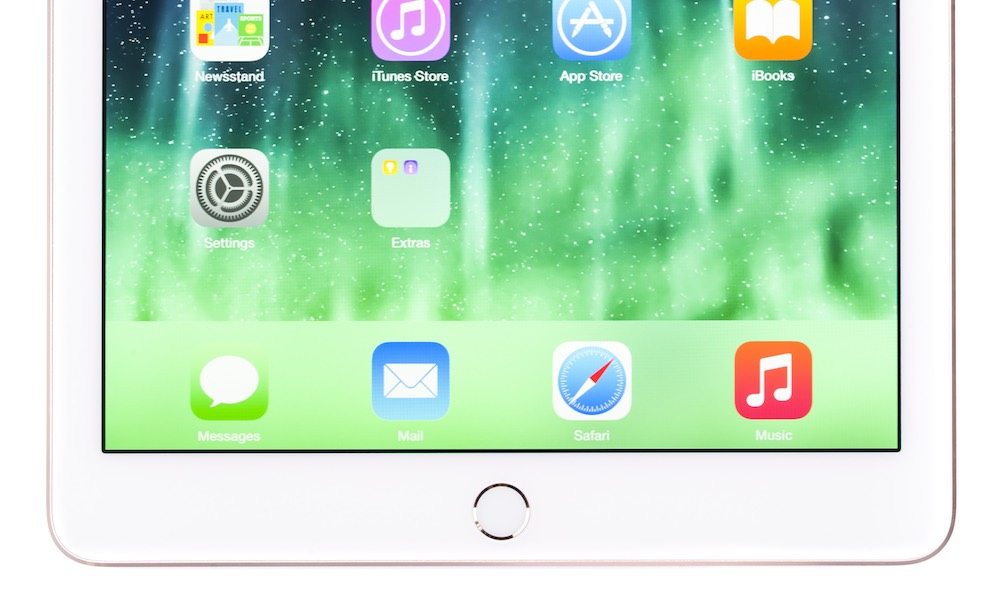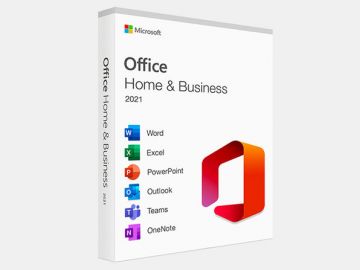How to Erase Mysterious “Other Data” to Speed Up Your iPhone or iPad

Toggle Dark Mode
Out of the box, iOS devices are some of the most powerful pieces of technological goodness on the market. And even though they feature RAM and storage capacities that might seem outdated to some users, there’s no denying that the iPhone and iPad trump the competition — both in terms of ease of use and their buttery smooth user interface.
Over the course of time, however, as you begin to pile on apps and files and accumulate data, things might begin to slow down a little bit. That’s perhaps understandable, though, since the same thing happens to you and I as we age, right?
And while there’s no such thing as “turning back the hands of time”, unfortunately, there are a number of ways to cleanse your beloved iOS device of that questionable “Other” data — you know, all those old, unused system files, and internet caches?
The first step, of course, would be to assess exactly how much of your iPhone/iPad’s data falls into this illusive “Other” category. But that’s not such an easy feat, especially considering how going into Settings > General > Storage & iCloud Usage only reveals what applications are using data — not the “Other” category that we’re looking to isolate. Sadly, that’s why most users don’t even know the “Other” data is there in the first place, clogging up their storage, and slowing their device down.
Fortunately, however, it’s not impossible to find out how much “Other” data is stored on your iPhone or iPad. Simply follow these steps to find out:
- Open iTunes on your personal computer
- Connect your iPhone, iPad, or iPod Touch to the computer
- Select your device and then click on the Summary tab in the left-hand sidebar. (You’ll see a bar that shows how much storage your content is using.
An iOS device can store the following kind of data (by category):
- Audio — including songs, podcasts, audiobooks, voice memos, and ringtones
- Video — including movies, music videos, and TV shows
- Photos —including Camera Roll content, Photo Stream, and Photo Library
- Installed Apps
- Books — including iBooks and PDF files
- Documents & Data — including Safari Offline Reading List, files created within apps, and app content like contacts, calendars, messages, and emails (+ attachments, when applicable)
- Other — including Settings, Siri voices, system data, and cached files
Now that you know how to find out exactly how much “Other” data is being stored on your iOS device, here are a number of methods to help you get rid of it!
Clear Offline Content
If you’re an Apple Music user, then you might know about how you can store songs to have them available for offline listening. However, those songs can add up fast, so you might want to consider going into settings to manage what songs you want to keep and what songs you want to discard in order to free up extra space. You can do this by going to Settings > General > Storage & iCloud Usage > Manage Storage > Apple Music.
Delete Safari Cache
Websites accessed via the Safari browser can cause excess files and data to accumulate on your device without you even knowing it. Fortunately, however, it’s actually pretty easy to go in and clear the cache by going to Clear History & Website Data under Settings > Safari.
Additionally, you can also delete all that data saved on your device by websites themselves, by navigating to Settings > Safari > Advanced > Website Data > and then Remove All Website Data.
Clear Individual App Caches Manually
Most apps, like Safari, save certain data automatically so you can easily go back in and pick up where you left off whenever you want. Not all apps do this, of course, however if you’re looking to rid your device of that “Other” data, this is a great way to go about doing so.
You’ll have to clear each app manually, unfortunately, so depending on how many you have installed, that could take you as little as 30 seconds, or as long as five hours to erase the data. Go to Settings > General > Storage & iCloud Usage > Manage Storage > and then go through each app manually to erase saved data.
Reset iTunes Streaming Cache
If you tend to purchase, download, and stream a lot of content via iTunes, that data will be stored on your device for a long time. And while iTunes does eventually clear this cache automatically, it’s definitely not instantaneous.
There is a cool trick you can do to get iTunes to clear the cache as soon as possible, however. Simply force reset your device, by pressing and holding the home and sleep/wake buttons simultaneously until the device powers off and reboots (about 30 seconds, give or take).
What methods do you plan to use to reduce the unnecessary data clogging up your iPhone or iPad?







